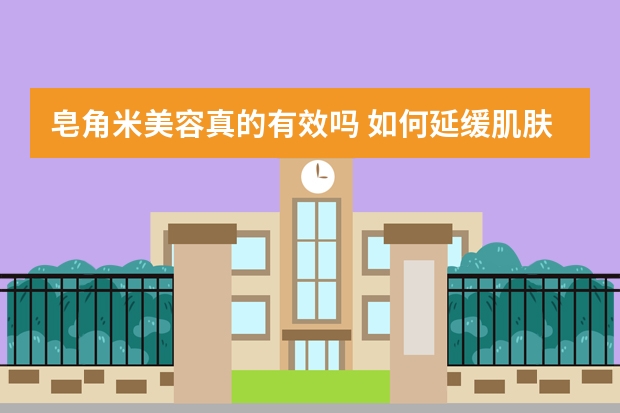环境适宜度对蔬菜成长影响深刻怎样观测并调整
1.0 引言
在进行蔬菜种植的过程中,我们常常会听到一些种植专家提到“环境适宜度”的概念。这一概念指的是一个植物生存和繁殖所需的各种条件的总和,这包括光照、温度、水分以及土壤等。每一种蔬菜都有其特定的生长要求,如果这些需求得不到满足,那么即使是按照最完美的种植时间表,也难以期待良好的产量。

2.0 蔬菜种植时间表:春季与夏季的区别
春季和夏季对于蔬菜来说是两个不同的时期。春季通常是蔬菜开始生长的一个好时机,因为气候温暖而湿润,阳光充足,这些都是促进植物生长所必需的条件。而夏季则是一个更为挑战性的时期,因为高温干旱可能导致植物过度蒸腾,从而影响其正常生长。

3.0 如何观测环境适宜度
要正确地评估环境是否适合某一类型或多类型的蔬菜,我们需要定期监测以下几个方面:

3.1 光照情况
检查日照强弱:太阳能给予植物必要的一切。
考虑阴影问题:有些作物需要间隔栽培以避免竞争资源。

3.2 温度变化

检查平均温度:不同作物有各自最佳生长温度范围。
注意低温波动:尤其是在冬天,有些作物不耐寒,需要保护措施。
3.3 水分管理
监控土壤湿度:确保根系得到足够水分,但不致于造成溃烂。
控制降雨量及补水策略:预防淹没同时保证供水不足的情况下也能提供足够养料。
3.4 土壤状况
测定pH值与肥力水平:
pH值偏离极端数值可能会阻碍营养吸收;
肥力不足将导致新陈代谢减慢,进而影响整体健康发展。
3.5 防虫害与病虫害控制策略
定期检查苗床和成熟作物是否受到侵扰:
提前采取预防措施可以有效减少损失;
应对策略应包括自然方法(如引入捕食者)及化学化肥使用限制。
4.0 调整策略
根据观测到的数据,可以采取相应调整来提高环境适宜性。在实施任何改变之前,最好先进行小规模测试,以验证潜在效果并排除风险。此外,还应该考虑到当地气候趋势,以及遵循可持续农业原则,如节约用水,不使用过量化学品等因素。在具体操作上,可以通过以下步骤来调整:
adjust the light exposure:
a) Prune plants to allow more sunlight penetration.
b) Consider using grow lights for indoor or shaded areas.
c) Use shade cloth to reduce direct sun exposure in hot climates.
d) Mulch around plants to retain moisture and regulate soil temperature.
e) Plant taller varieties at the north end of rows, shorter ones at south end.
adjust water supply:
a) Install drip irrigation systems or soaker hoses for efficient water delivery.
b) Implement rainwater harvesting techniques.
c* Monitor evapotranspiration rates and provide supplemental watering as needed.*
maintain soil health:
a* Add organic matter like compost, manure, or green manure to improve soil structure.*
b* Conduct regular soil tests to determine nutrient levels and pH.*
c* Apply fertilizers according to test results, taking care not to over-fertilize.*
control pests and diseases:
a* Encourage beneficial insects such as ladybugs (aphid predators).
b* Practice crop rotation and intercropping with pest-resistant species.*